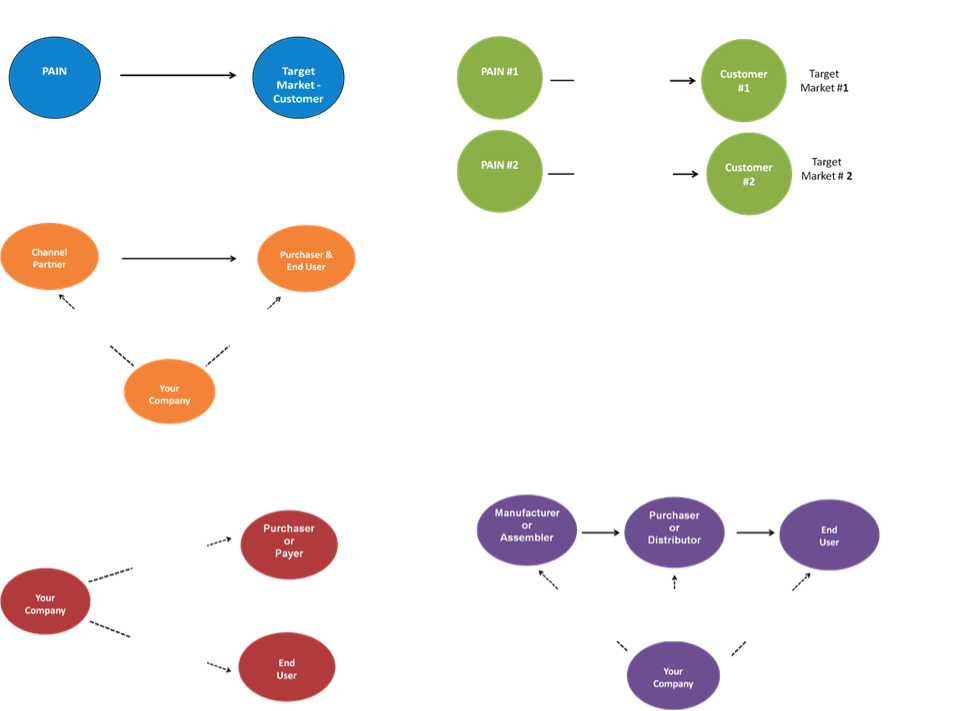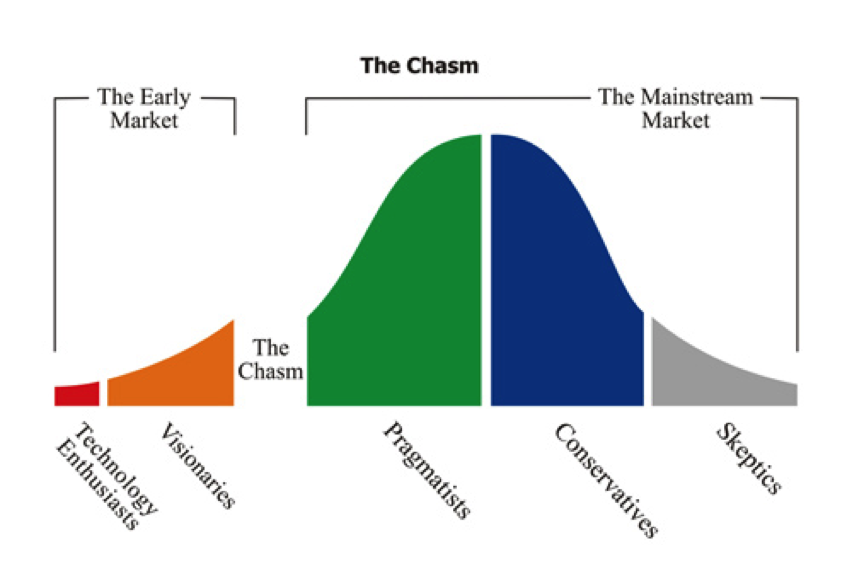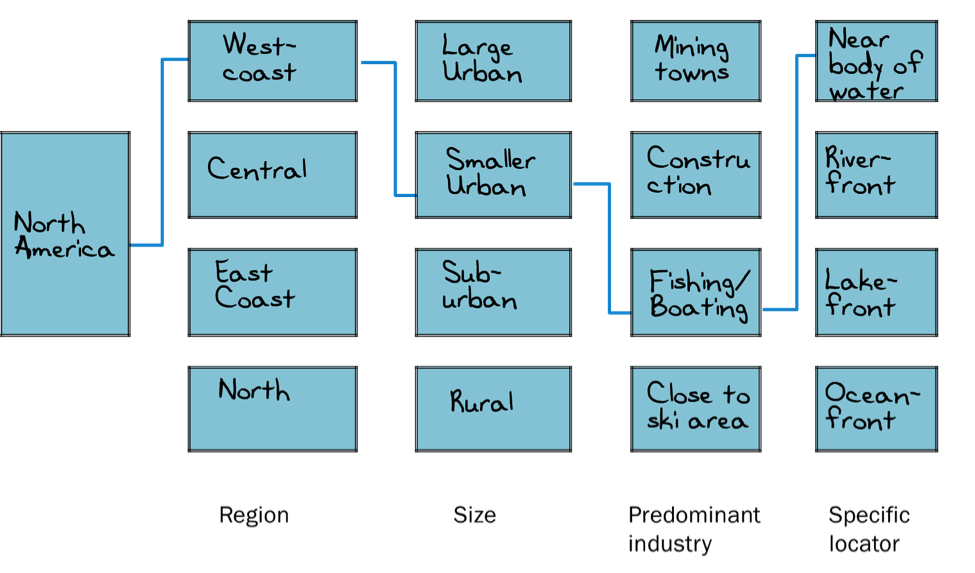Welcome to Module 2 of the Online Market Validation Training program. Brief intros, plus module and video links can be found below.
Multimedia links:
2.1 Value Chain

Your business may have a variety of ways of distributing your product to your customers, called “value chains”.
A value chain is a series of activities, which combined, define business process. We’ll provide examples of value chains that are most common. Knowing who your customer is and how you will be approaching them also adds some complexity.
Access multimedia: Value Chain
2.2 Technology Adoption Life Cycle (TALC)
The Technology Adoption Life Cycle is about understanding Market Type and how the market shapes the business, not the other way around. The key point is to identify how the company will cross the chasm successfully.

“New technology presents risk for many customers. They react differently toward this risk based on their innate characteristics, the wants and needs of their companies, and the behavior of other buyers. The Technology Adoption Life Cycle (TALC) models how different groups of customers adopt to discontinuous innovation at different times. This model helps high-tech marketers build the best strategy for each phase of a product’s life.” — The Chasm Institute.
Access Multimedia: TALC
2.3 Market Type
Identifying market type is really gauging market demand for your product. It’s critical that you understand and identify this, as it will impact how you design your business model and/or position your product and how you see your own company/product fitting into the market.

The appraisal of market type is important as it influences a series of key aspects of your early marketing, including:
- Your understanding of customer needs
- The positioning of your product
- Your customer adoption rate
- Estimates of market size
- Product launch variables
- Chasm width
Access multimedia: Market Type
Video links: Module 2.3: Market Type
- 2. What is Market Type?
- 5. Clone Market
- 9. Clone Market
- 11. Existing Market
- 13. Existing Market
- 16. Resegmented Market
- 19. Resegmented Market
- 21. New Market
- 23. New Market
- 24. Consequences of Not Understanding a New Market
2.4 Segmentation
Identifying Segmentation is about ensuring that you are clear enough about the groups of customers that you have to sell to. It serves a couple of purposes: firstly, it ensures that your marketing messages are focused and targeted to the right customers who have the same problems. Secondly, it gives you a way to identify your target market and define quantitative aspects of your market, helping you answer the question “is this worth it?”.
Segmentation is a critical concept for a company to understand to truly understand if their business is targeting the right market. Be careful to not be too overconfident about your segments, this is an opportunity to critically assess your business potential. Once you’ve completed your segmentation strategy, you’ll have a much better understanding of the viability of your product/business.

The process of segmentation forces the entrepreneur to begin quantifying their customer base. This is a key part of validating the hypotheses, such as:
- Do I have a product/idea that has a natural segment or segments?
- How well served is this segment?
- Are there enough of them to make this a worthwhile business?
- Will I make enough money to sustain my company for a period of time?
Access Multimedia: Segmentation
